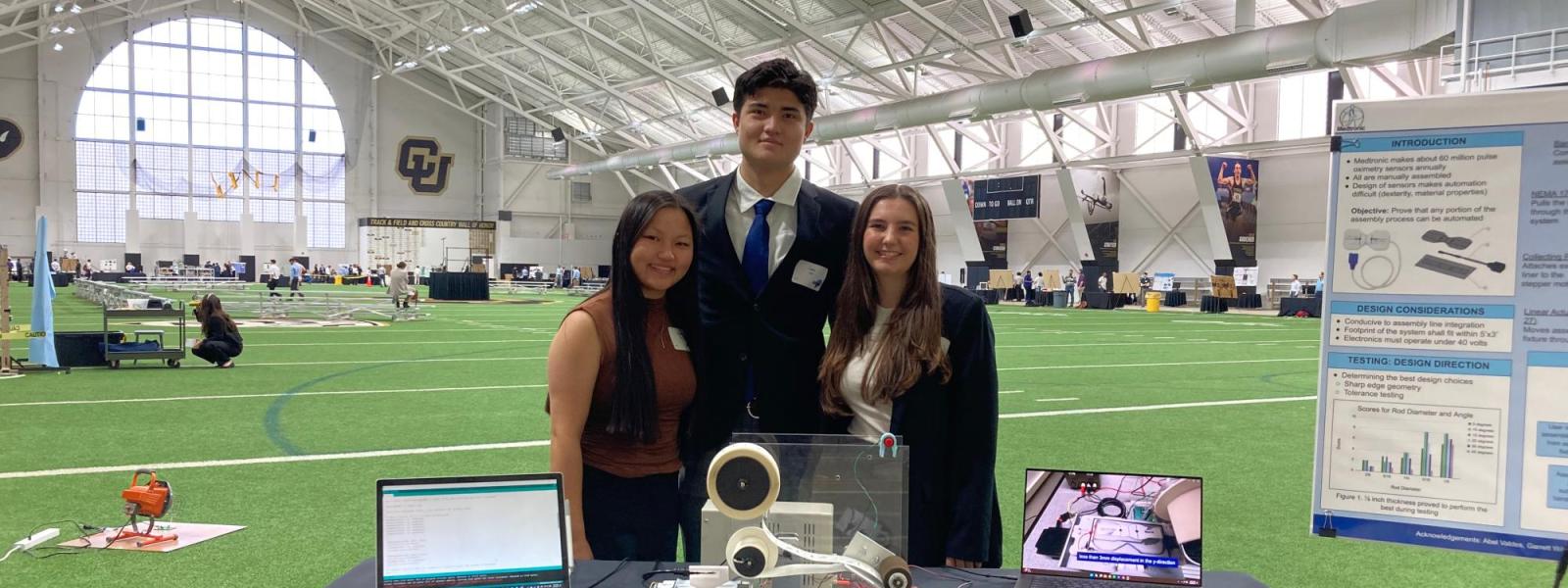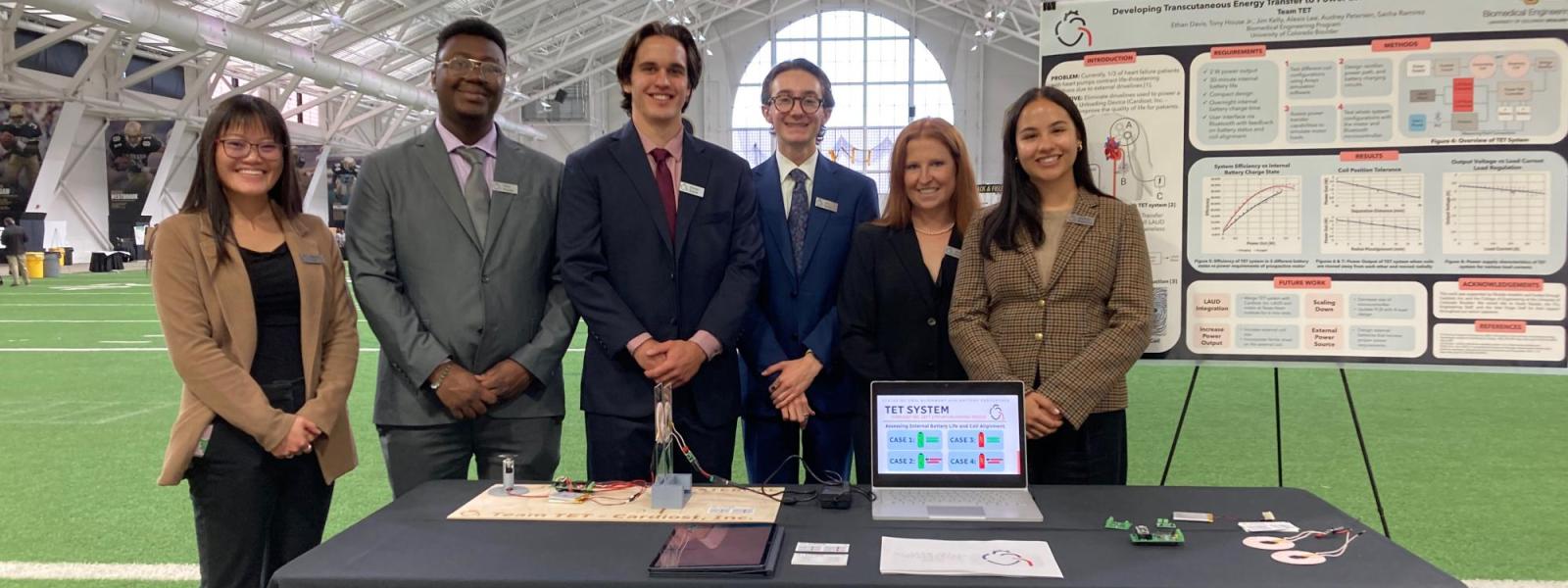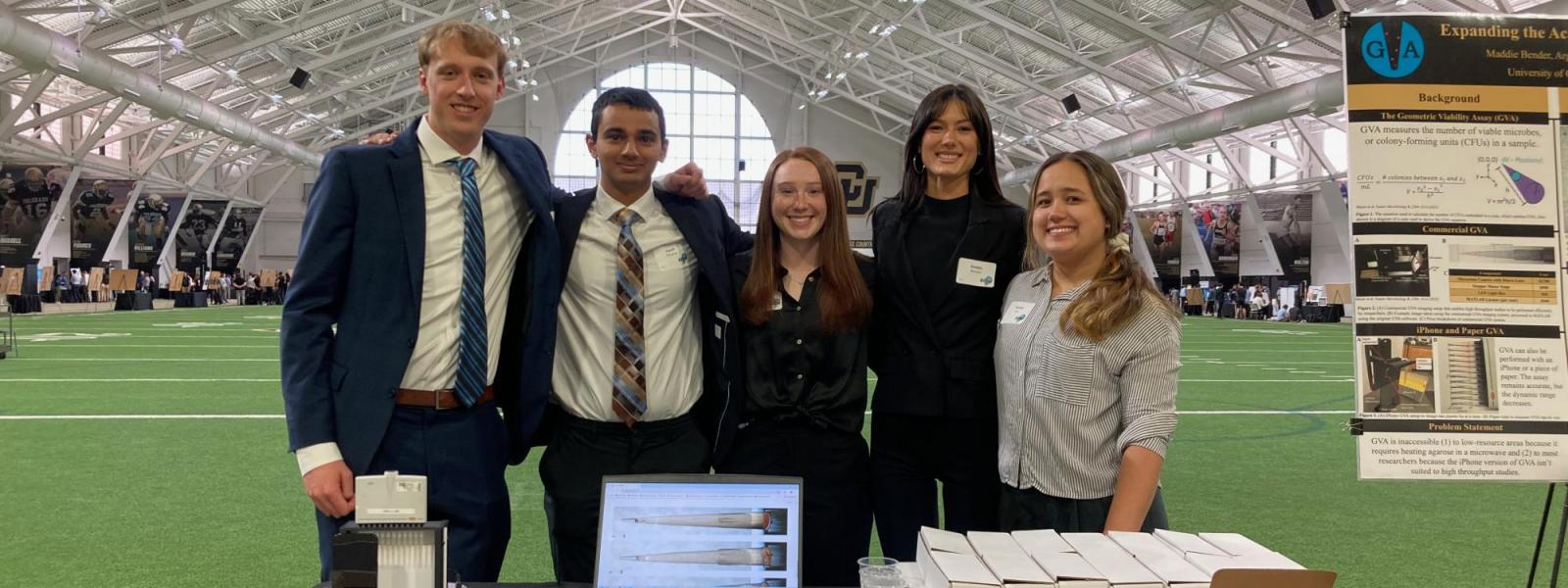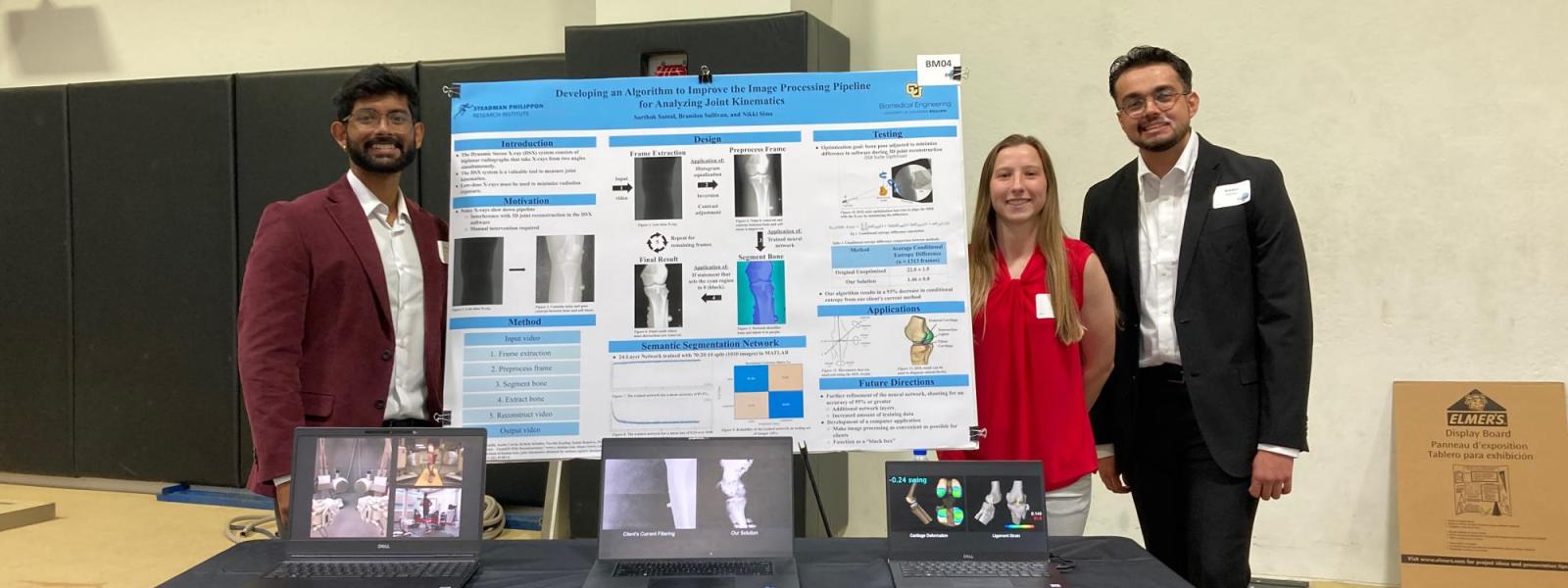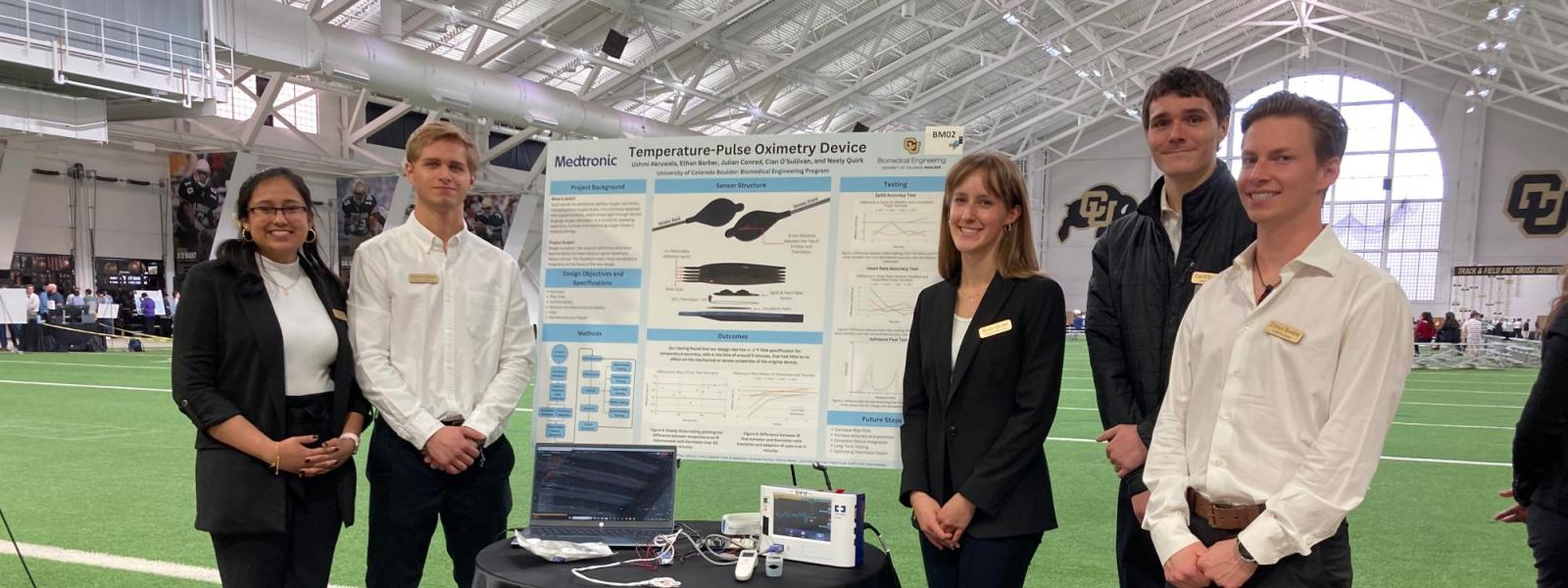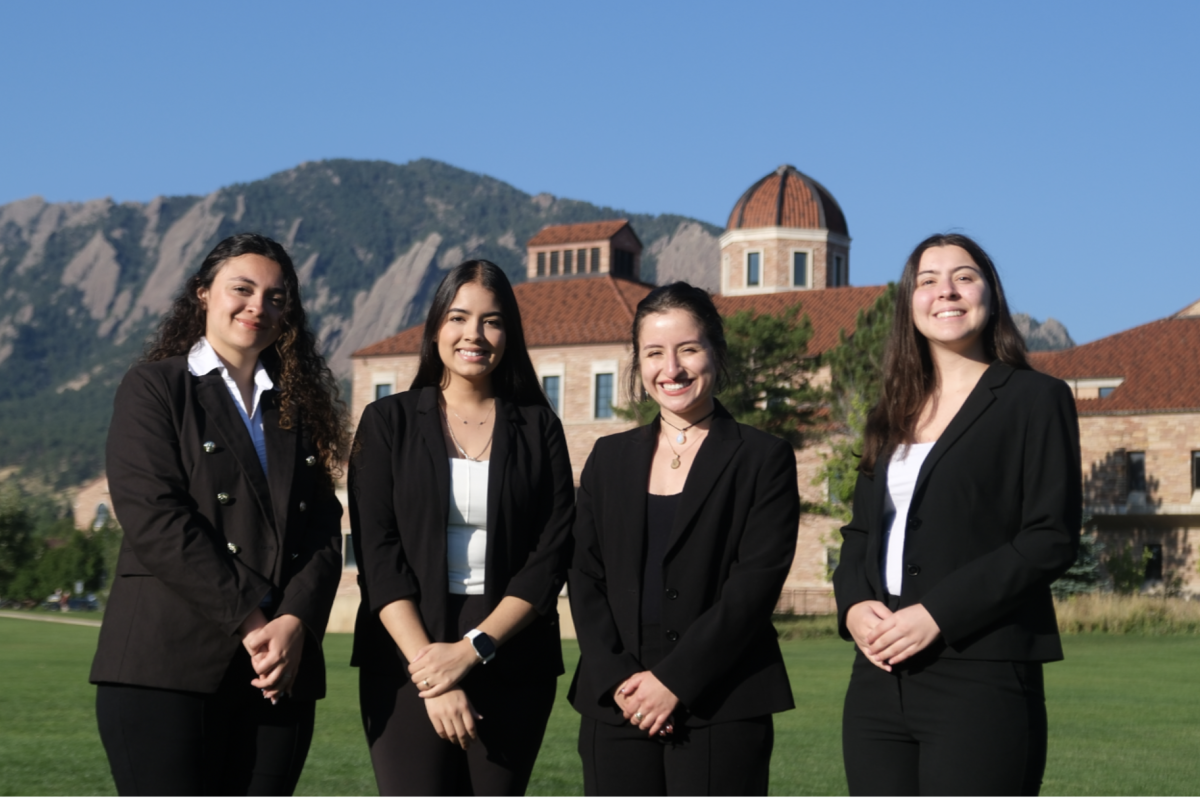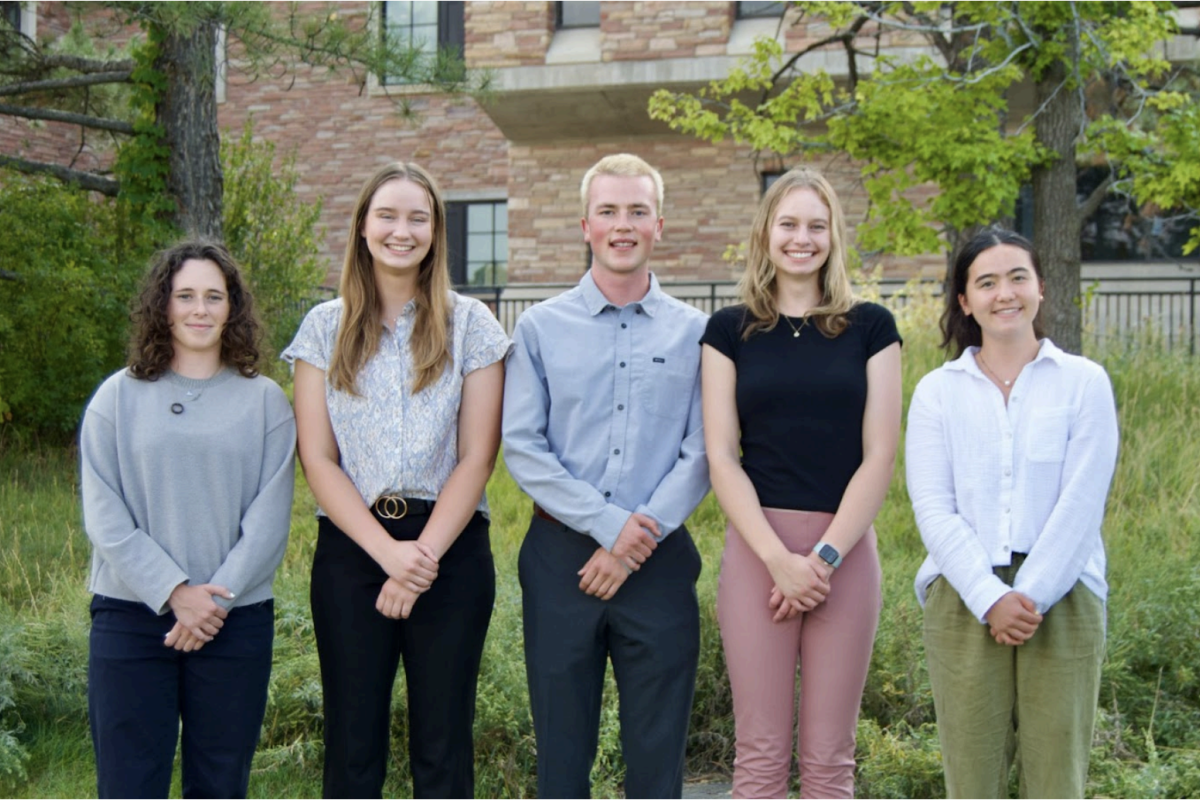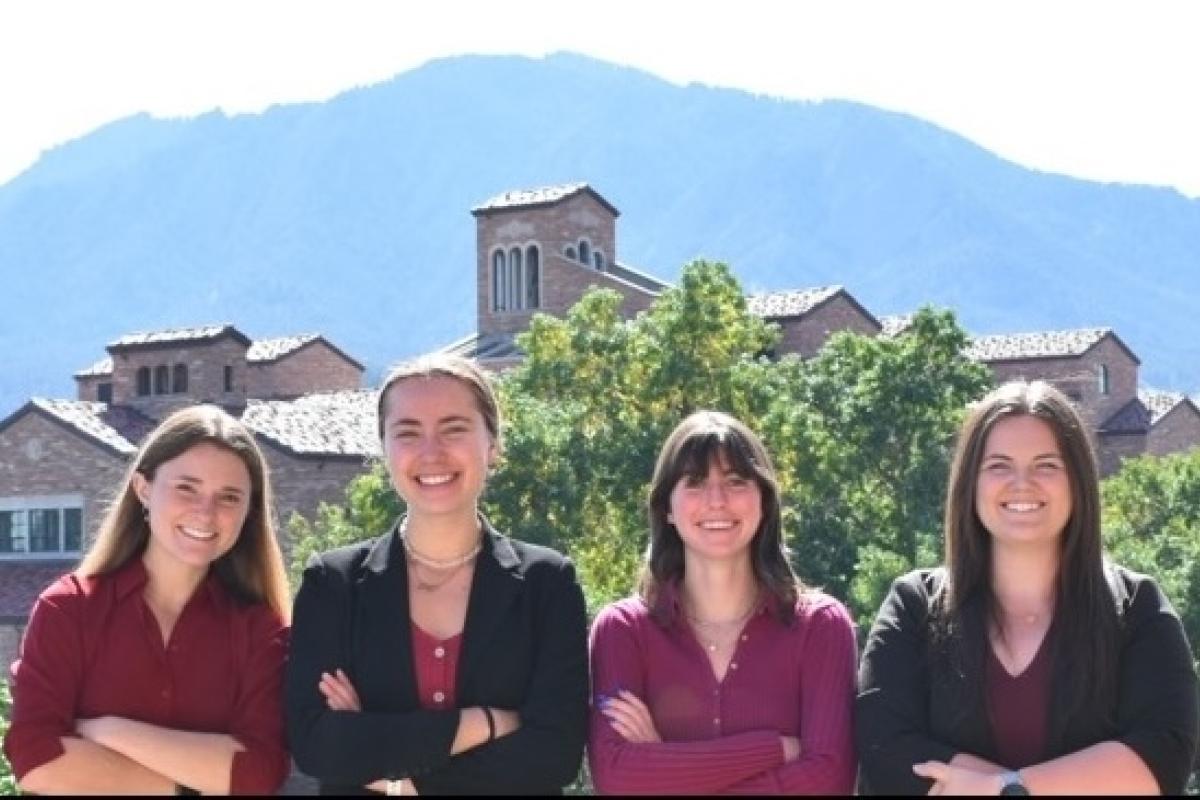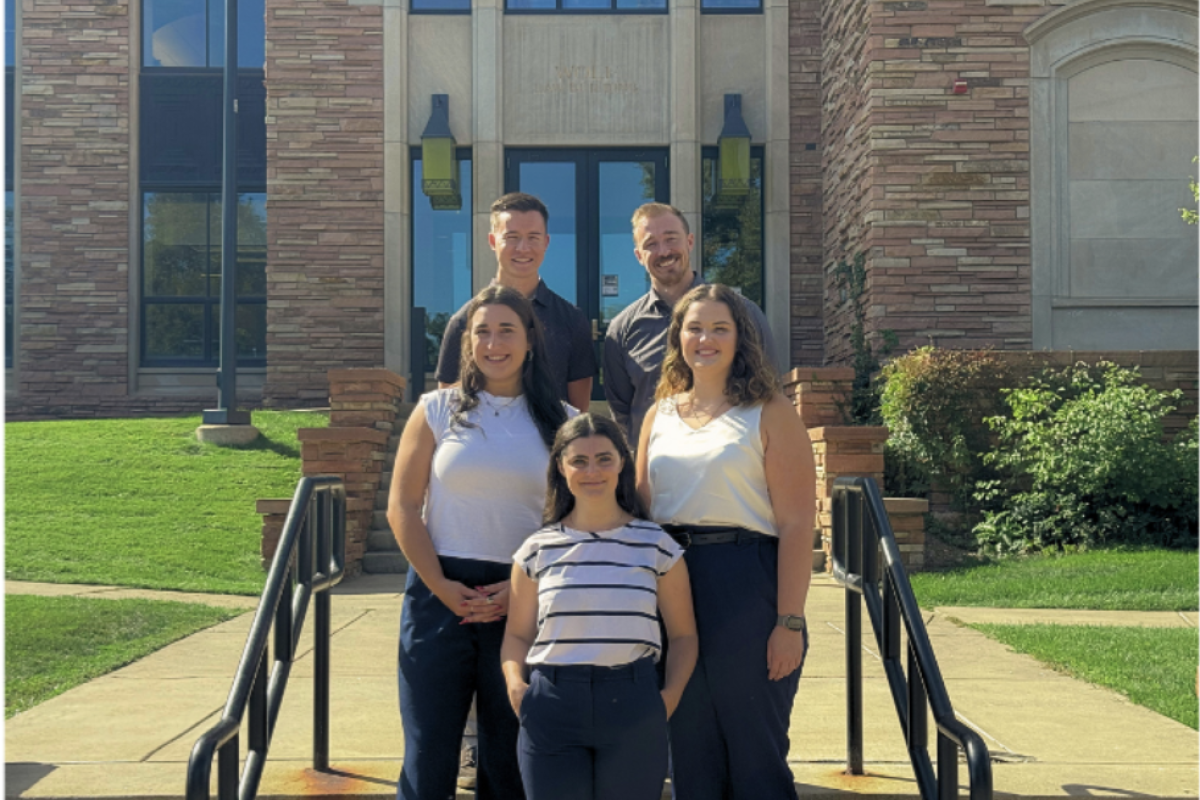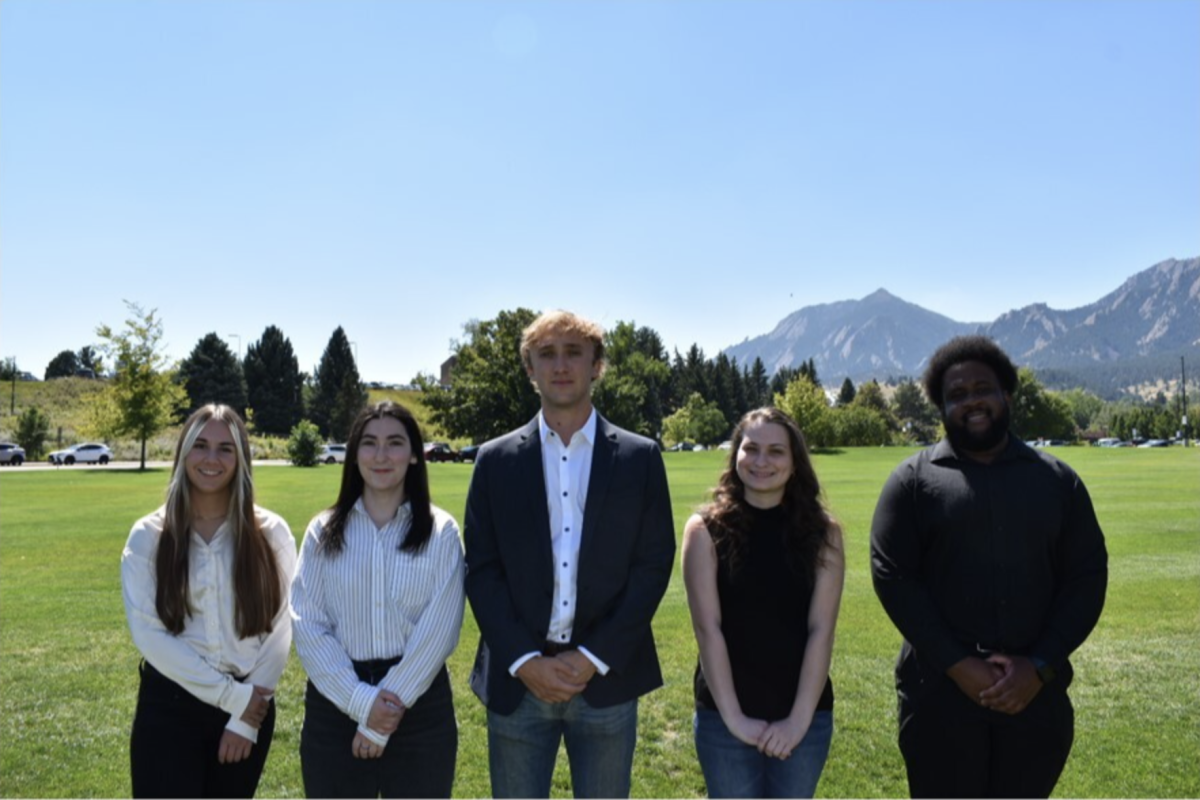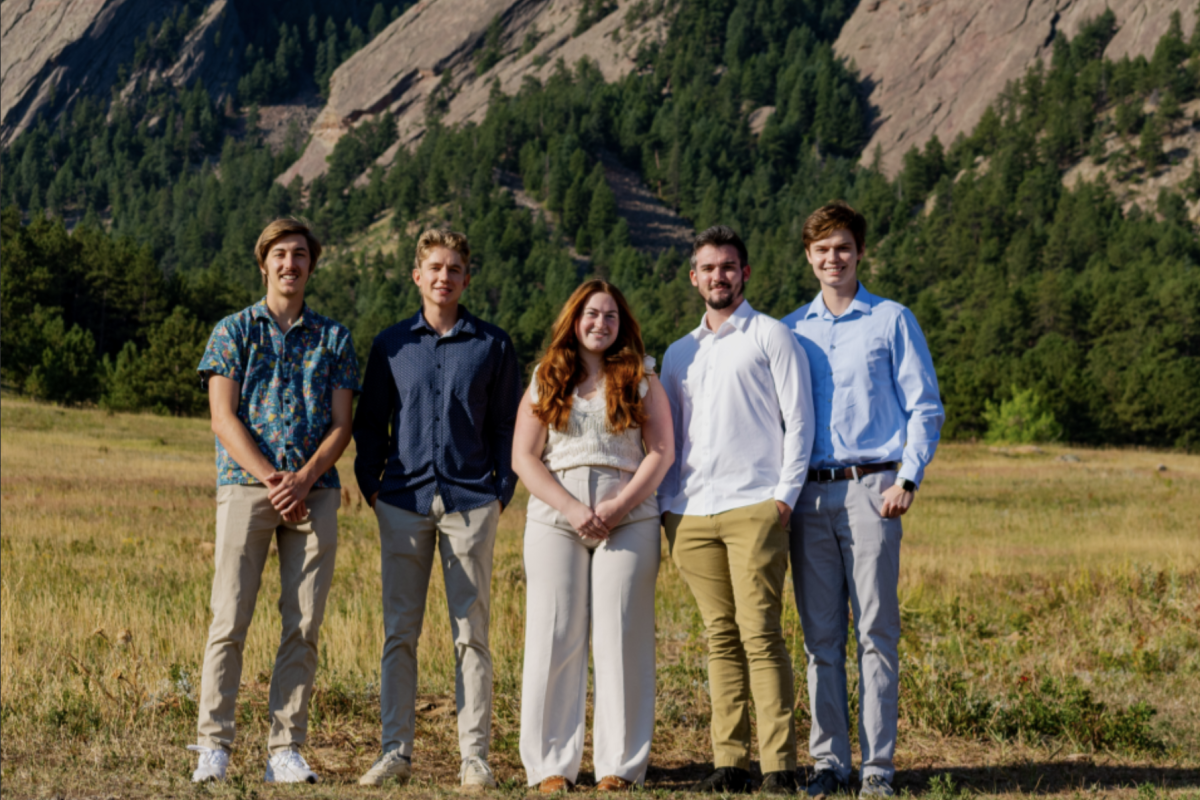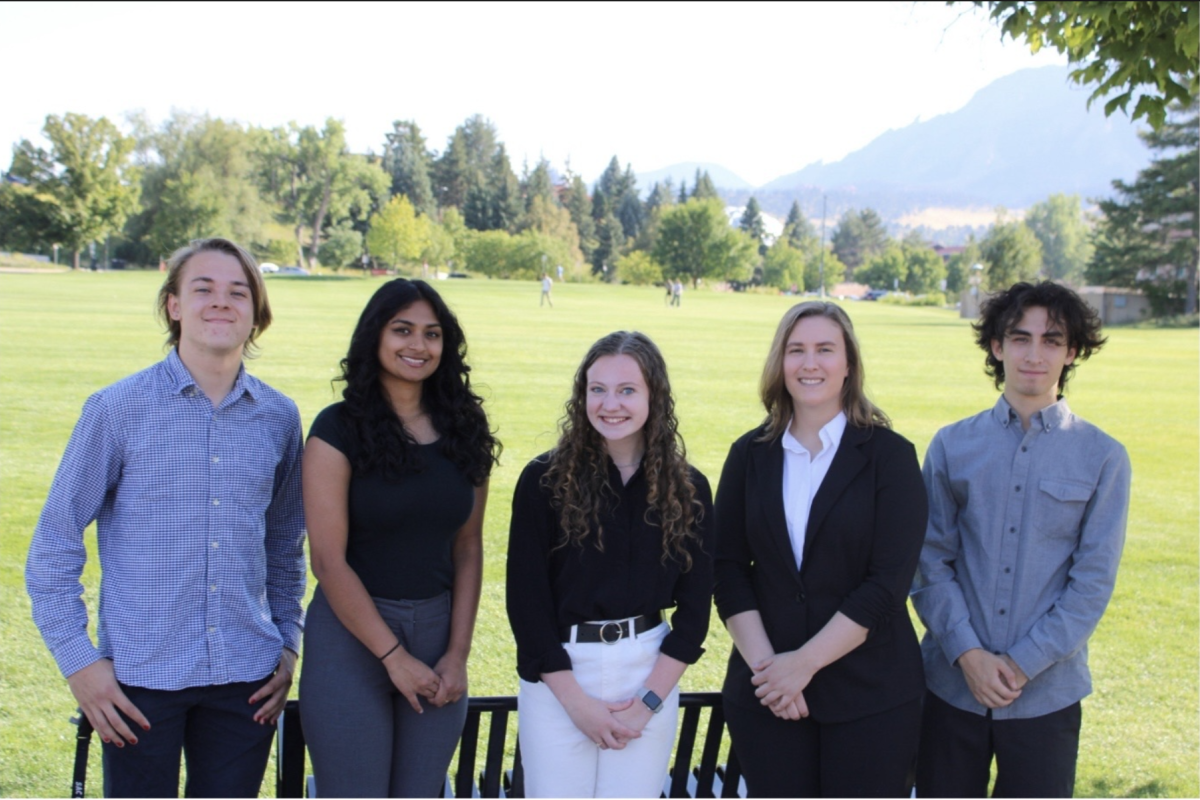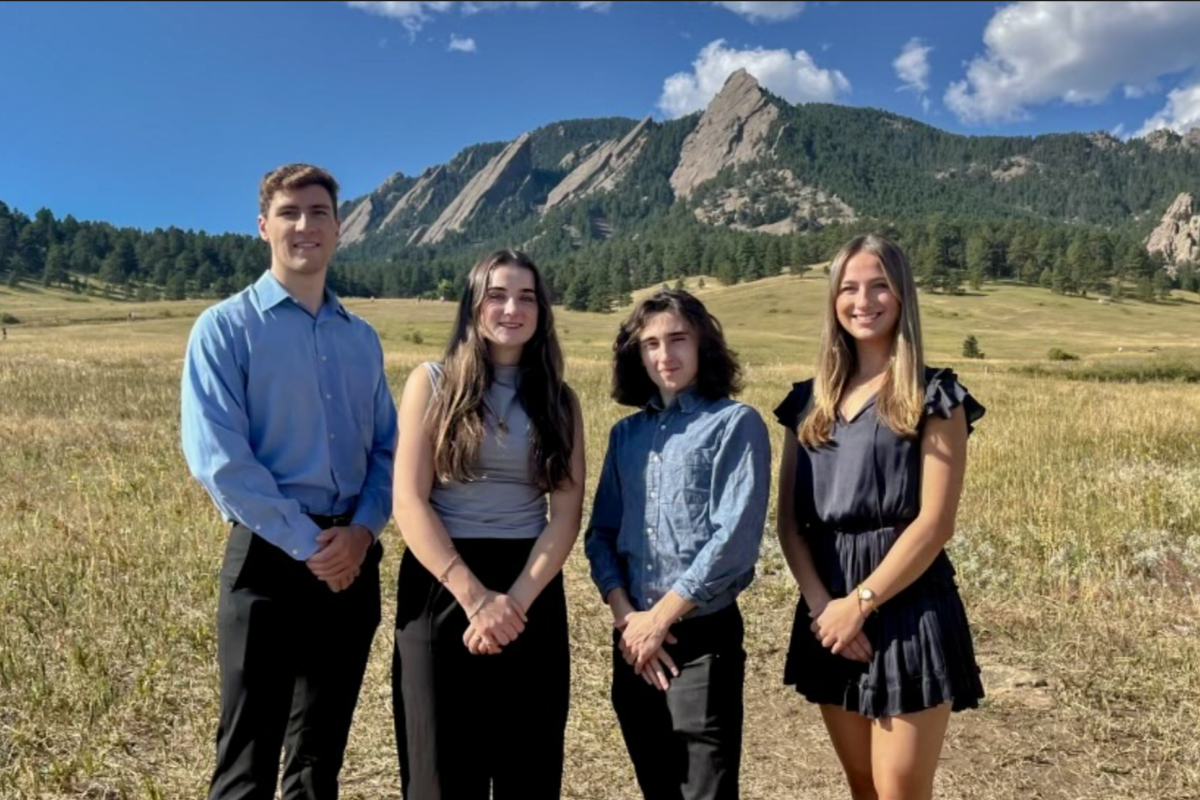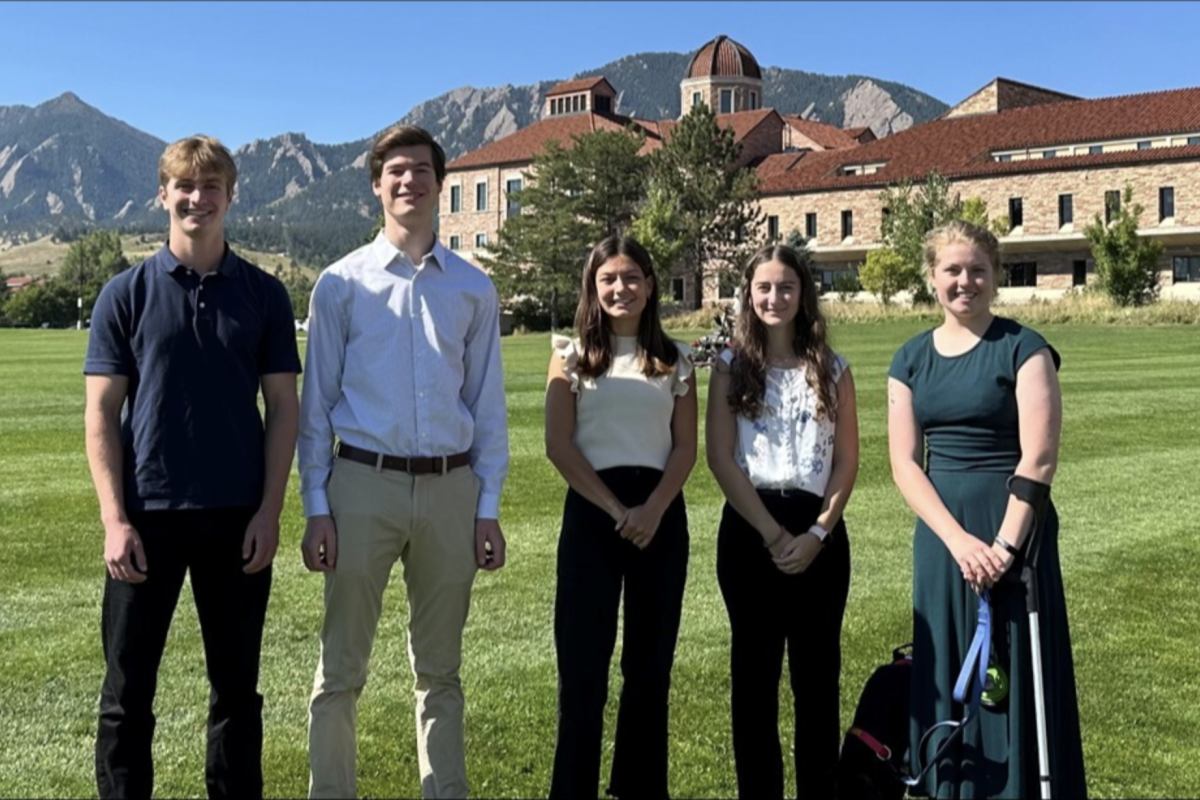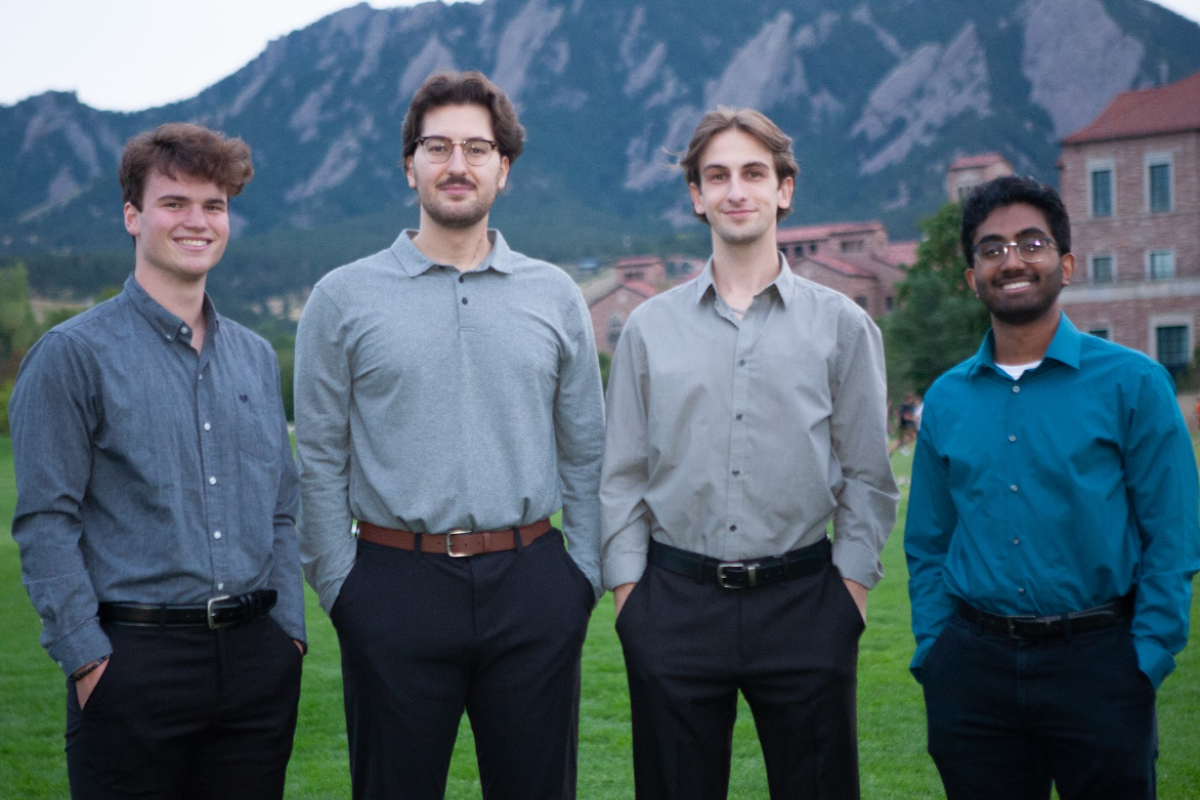Senior Design
Senior Design is a transitional experience—preparing students for an entry level engineering position. The experience emulates industry, allowing students to apply and deploy the engineering knowledge learned over their course of study to a real-world, open-ended design challenge. Through this experience students will come to realize the complete cycle of design from conceptual design to hardware/software testing, and then repeating the cycle.
Actual hardware/software will be produced, and students will understand the difference between theory, paper, and actual materials. Students gain valuable connections and are mentored by a dedicated industry professional in addition to a biomedical engineering faculty advisor. Students will gain the professional skills necessary to succeed in industry and in life! Senior Design is perhaps the ultimate expression of engineering, and the "heart and soul" of applied science!
Objectives
Teamwork
Understand how to work collaboratively toward a common goal
Technical Skills
Integrate course knowledge, acquire project-specific knowledge and resource management
Design and Process Skills
Gain proficiency in design and application of design process
Communication
Gain written and oral proficiency in technical and professional communication
Project Management
Learn how to manage long-term projects
Professionalism
Gain professional skills
Past Senior Design Projects
CU Boulder Engineering Expo
This large-scale exposition in the spring celebrates the work of all the engineering students completing their senior design projects that is open to the public.
2025 Senior Design Projects
Team Members: Ariana Morales Garcia, Janeth Marquez Rubio, Amanda Fallas Zuniga, Deyla Matkovich
Project Sponsor - Hydronovo
Project Description:
Hydronovo is collaborating with CU Boulder’s Biomedical Engineering Senior Capstone Design Team 1 to design and test packaging for their innovative drug delivery system. The project supports Hydronovo's mission to develop a cutting-edge drug formulation to address Xerostomia (dry mouth), a condition commonly affecting patients undergoing radiation therapy for head and neck cancer and those with autoimmune diseases such as Sjögren’s syndrome. The team is dedicated to creating a packaging system that ensures safe transportation, complies with ISO standards, and is ergonomically compact, efficient, and user-friendly, prioritizing functionality and ease of use for patients and healthcare providers.
Team Members: Paloma Peters, Lindsey Heyd, Connor Gagen, Kahlea Schlegel, Karina Li
Project Sponsor - Medtronic
Project Description:
Pulse oximeters are applied to a patient’s skin to monitor blood oxygen saturation and heart rate, however a risk posed by these devices is pressure sores, due to increased pressures between the device and the skin. Our partner, Medtronic, developed the Nellcor OxySoftN and MaxN pulse oximeters to be used on neonates, a population that has especially delicate skin. Our project tests and finds the minimum pressure needed for pulse oximeter functionality while developing design recommendations that will reduce the occurrence of pressure sore formation.
Team Members: Chloe Knape, Anna Mellizo Kroll, Clare Keeler, Rachel Haug
Project Sponsor - Full Body Sound
Project Description:
Team Resonance partnered with Full Body Sound, a start-up company that has developed a novel electrotherapy device that converts audio input into electric stimulation. The prototype, FBS-01, aims to provide non-drug pain treatment using wide-range electrostimulation coupled with established music listening habits. The team’s goal was to research, design, and test a low-cost device for measuring skin conductance that could be incorporated into the existing FBS-01 design in order to gather biometric data that could potentially be used to adjust applied voltage and intensity levels, providing a customized and enjoyable user experience.
Team Members: Christian Moon, Haley Phillips, Nicole Taylor, Kloie Bautz, Jacob Fletcher
Project Sponsor - Medtronic
Project Description:
This project develops a custom testing fixture system to support Medtronic’s potential 510(k) submission by enabling comparative analysis between the Alloy Jaw and a predicate device. The system includes a device fixture with a collet chuck-inspired clamp and a tissue fixture with a multi-plate lock-and-groove mechanism, designed to maintain consistent tissue tension and allow precise adjustments in angle, tension, and positioning. Through iterative design and feedback, the fixtures will provide robust, reproducible data essential for regulatory compliance and marketing materials while ensuring compatibility, durability, and ease of use.
Team Members: Ariadnee Ziady, Cambria McNulla, Sam Zanotti, Zoie Nuno, Kosy Ogbonna-ukuku
Project Sponsor - Boulder Sterilization Services
Project Description:
Team 5 developed a chlorine dioxide (ClO₂) sterilization system as a safer and more environmentally friendly alternative to ethylene oxide (EO), which has faced increasing regulatory restrictions. Our system integrates advanced features such as real-time monitoring, precise parameter control, and safety mechanisms such as leak detection and automated shutdowns to ensure both effective and safe operation. Using a Raspberry Pi-powered interface, we created a user-friendly, commercially viable solution to address the growing demand for sustainable sterilization methods in the medical industry.
Team Members: Creighton Tisdale, Andrew Swanson, Elizabeth Root, Devon Mckeon, David Katilius
Project Sponsor - CONMED
Project Description:
Team ABC is partnered with ConMed to expand functionality of their Argon Beam Coagulator handheld device and module. ABC uses ionized argon gas to achieve hemostasis in a surgical environment, offering a non-contact, precise method of tissue coagulation. We are developing control algorithms that determine argon and RF power delivery to a handheld surgical coagulation device, as well as a novel handheld device design focusing on human factors to improve surgical performance, and in turn, patient outcomes.
Team Members: Hailey Jenks, Seanan Kelly, Andrew Mongin, Guadalupe Ramirez, Fishion Yohannes
Project Sponsor - Medtronic
Project Description:
Team 7’s project aims to design a test apparatus that will stress Medtronic's MAXFAST reflectance-based pulse oximeter sensors to their limits, thereby enhancing their sensor design. By integrating an oscillating surface into the test fixture, the goal is to simulate patient pulse readings compatible with a broader range of pulse oximeter devices. The team’s incorporation of colored and grayscale filters, along with adjustments to sensor distances, reflects a patient-simulator approach that accurately modulates key parameters such as SpO2, percent modulation, and IR NaV, ensuring a robust and reliable system
Team Members: Parker Bonen, Meenakshi Skandarajan, Julia Keefe, Ellie Huettel, Brendan Naranja
Project Sponsor - St. Joseph's Hospital
Project Description:
Team Infinity is working with Dr. Gerard Salame of St. Joseph's hospital to create a catheter bag urine output monitoring system. Urine output is a crucial variable to monitor, but doing so takes extensive nursing hours and is highly prone to human error. To address this, the team is designing a novel automatic weight-based sensing system paired with a phone app that calculates urine output at customizable intervals and displays the data in real-time. This solution enhances efficiency, accuracy, and patient care while streamlining the workflow for healthcare providers.
Team Members: Ali Jesaitis, Vincent Idnani, Bailey Geisel
Project Sponsor - Boulder IQ
Project Description: Continuous Monitoring System for Ethylene Oxide
Our team has partnered with Boulder IQ to develop a continuous ethylene oxide (EtO) monitoring system to be used for the detection of EtO levels in medical device sterilization chambers to certify Boulder iQ is operating within the new EPA guidelines. EtO is a common sterilizing agent known to be a human carcinogen with serious short- and long-term effects. The monitoring system is designed to maintain a constant record of EtO concentrations in the chambers and provide real time audiovisual alerts if unsafe thresholds are passed.
Team Members: Drew Aparicio, Julia Flynn, Wes Doyle, Eva Burns
Project Sponsor - Cardiost
Project Description:
Team FML has partnered with Cardiost Inc. to design and develop a fully magnetic levitating (FML) motor for their left atrium unloading device (LAUD). Designed for patients with late-stage heart failure with preserved ejection fraction (HFpEF), the LAUD is a long-term implantable mechanical circulatory support pump that performs a partial derivation of blood flow from the left atrium into the descending aorta to alleviate the workload of a weakened heart. The FML motor will drive the LAUD’s impeller without physical cotact, reducing blood shear stress and mechanical wear to improve biocompatibility and device longevity.
Team Members: Daimean Solis, Bibek Shrestha, Rachel Beem, Srishti Jerath, Andy Tran, Cassidy Allen
Project Sponsor -Cardiost Inc.
Project Description:
Team TET 2.0, in conjunction with Cardiost Inc., is aiding in designing a wirelessly powered Left Atrial Unloading Device (LAUD), enhancing cardiac output for patients with diastolic heart failure (HFpEF) by reducing left atrial pressure. The team has advanced the technology by minimizing the printed circuit board (PCB) size, optimizing device functionality, and improving coil design for efficient power transfer. This innovative system, incorporating both internal and external components, significantly reduces infection risks compared to Left Ventricular Assist Devices (LVADs) by eliminating the need for external catheters.
Team Members: Gavin Channell, Hayden Tomazin, Julia Ingram, Bridget Antreasian, Eve Koester
Project Sponsor - TissueForm
Project Description:
Team 12 is working with the CU startup TissueForm to create an improved mixing method for their NatruLage flowable biomaterial. NatruLage requires two components to be mixed, which then crosslink together for articular cartilage repair, among other uses. Our goal is to design an efficient and effective mixing system for these components, while minimizing material loss in the process.
Team Members: Derek Peters, AJ Ashoury, Brendan Harrington, Niki Kosuri
Project Sponsor - Medtronic
Project Description: Volatile Organic Compound Bench Mount
Team Kapnós partnered with Medtronic to evaluate the efficacy of RapidVac™ ULPA Filters in removing volatile organic compounds (VOCs) from electrosurgical plumes. The RapidVac™ Smoke Evacuator System is designed to capture and filter harmful particulates generated during surgical procedures, improving air quality and safety in operating rooms. To achieve this, the team developed a test bench fixture utilizing advanced electrochemical sensors and calibration techniques to quantify filter performance against key gases such as formaldehyde, ammonia, and carbon monoxide.
Team Members: Toby Bernotat, Giovanni Llaury, Nihal Pandra, Radhika Patel
Project Sponsor - Meddux Development Corp
Project Description: Predictive Modeling for Laser Cut Hypotubes
Team 14 is partnering with Meddux Development Corp to develop a predictive modeling program to assess the mechanical properties of laser-cut hypotube catheters, specifically evaluating longitudinal, torsional, and flexural rigidity. Previous modeling programs are designed to predict the performance of catheters, but not laser cut hypotubes- using the cut specifications, an engineer can predict how these hypotubes will perform under stresses and strains as they navigate the body. This development is essential for advancing catheter design, impacting medical procedures that require precise navigation through complex anatomical paths.


